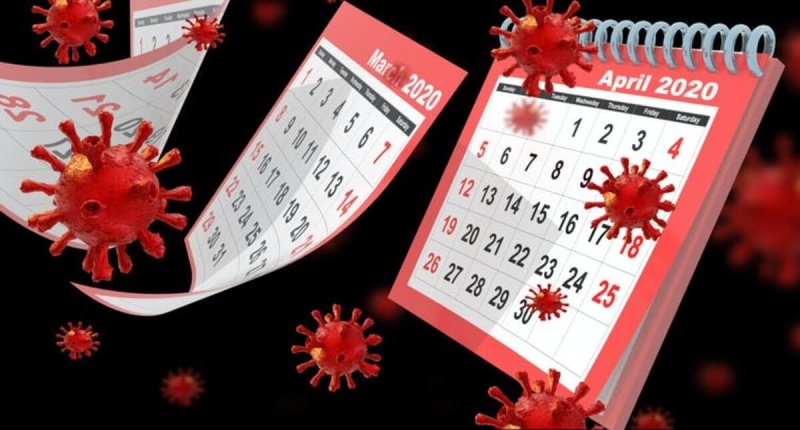In the 1990s and for most of the 2000s, nearly every vaccine company that considered working on mRNA opted to invest its resources elsewhere. The conventional wisdom held that mRNA was too prone to degradation, and its production too expensive. “It was a continuous struggle,” says Peter Liljeström, a virologist at the Karolinska Institute in Stockholm, who 30 years ago pioneered a type of ‘self-amplifying’ RNA vaccine.
“RNA was so hard to work with,” says Matt Winkler, who founded one of the first RNA-focused lab supplies companies, Ambion, in Austin, Texas, in 1989. “If you had asked me back [then] if you could inject RNA into somebody for a vaccine, I would have laughed in your face.”
By the beginning of 2020, Moderna had advanced nine mRNA vaccine candidates for infectious diseases into people for testing. None was a slam-dunk success. Just one had progressed to a larger-phase trial.
But when COVID-19 struck, Moderna was quick off the mark, creating a prototype vaccine within days of the virus’s genome sequence becoming available online. The company then collaborated with the US National Institute of Allergy and Infectious Diseases (NIAID) to conduct mouse studies and launch human trials, all within less than ten weeks.































